Top One Hit Wonders of the 1960s
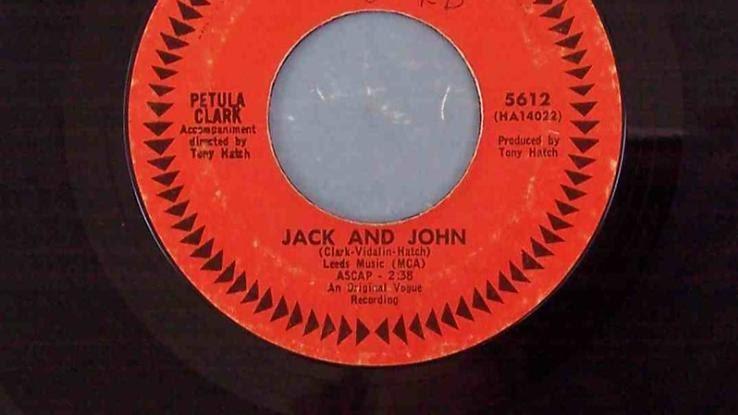
The 1960s were turbulent times, and that was just as true for music as it was for politics and social order. The doo-wop groups of the 1950s slowly faded out of fashion, and songs without lyrics occasionally hit number one on the charts. The most important bit of music history, of course, is that the 1960s saw the rise of an entirely new type of music that took the world by storm — rock ‘n’ roll.
In that genre, new hit makers started to fill the airwaves with amazing songs. Unfortunately, those hit makers weren’t always able to repeat their success after their first huge hit. These one hit wonders represent some of the top songs of the ’60s, even though the bands and singers quickly faded away. Take a look!
“Wipe Out” – The Surfaris (1963)
For decades, the ubiquitous drum solo from “Wipe Out” has been used by drummers as a means to gauge their speed and ability. Released in 1963 — near the height of surfer rock — this track from The Surfaris is known all over the world by people of all ages.
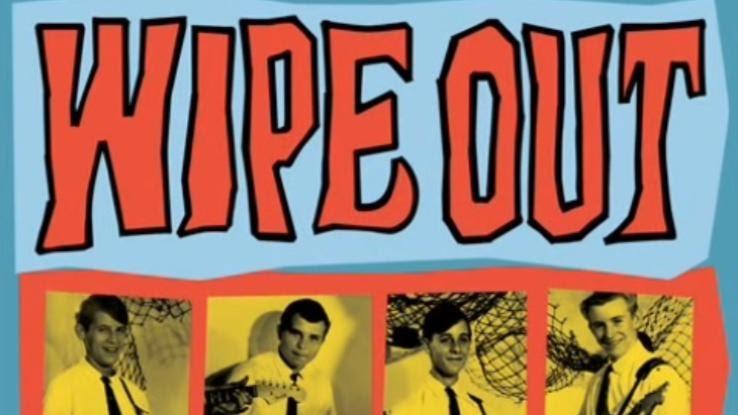
The song is often featured in films, including Dirty Dancing (1987), The Sandlot (1993) and even Toy Story 2 (1999). Unfortunately for the groovy guys in the group, this song was their only major hit. Still, “Wipe Out” remains a masterpiece, and that’s no small accomplishment!
“Wild Thing” – The Troggs (1966)
Things got wild in the 1960s, and The Troggs were prepared for it. Their hit “Wild Thing” still pops up in modern popular culture from time to time. Although the English lads never achieved the same level of success after “Wild Thing,” they did receive some recognition for “Love Is All Around,” which has been covered by many groups, including R.E.M.
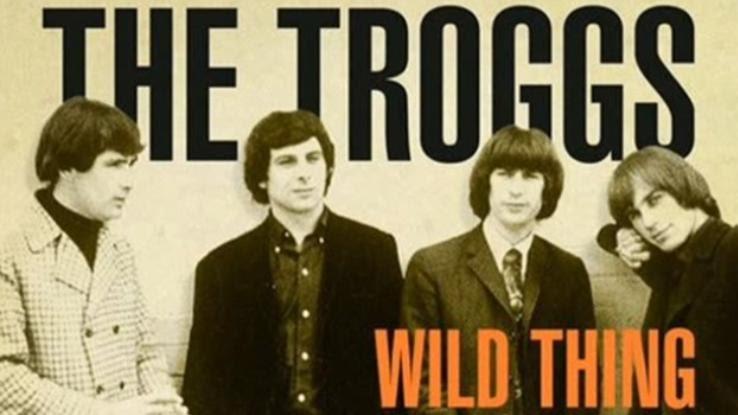
Only a year after “Wild Thing” was released, The Jimi Hendrix Experience performed a cover of the song at the Monterey Pop Festival, boosting it to the number one position on the Billboard music charts.
“The Lion Sleeps Tonight” – The Tokens (1961)
Many people have a love/hate relationship with The Tokens’ 1961 hit “The Lion Sleeps Tonight.” Although it’s melodically soothing and incredibly catchy, it has also permeated pop culture in a way that very few songs can — which explains why some find it so irritating.
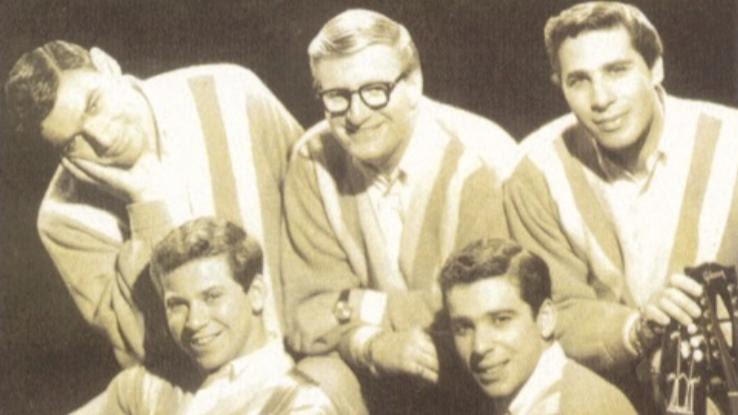
Characters from The Lion King sang the song with gusto, and quietly whistling the first few bars of “The Lion Sleeps Tonight” can even inspire a group of strangers to sing together in nearly perfect harmony. Interestingly, The Tokens also recorded a cover of the Ritchie Valens hit “La Bamba,” but it never made it onto the Billboard Top 50.
“Born to Be Wild” – Steppenwolf (1968)
Although Steppenwolf played together until 2018, their most famous tune hit the airwaves and record store shelves way back in 1968. Still used today in action movies and coming-of-age stories, “Born to Be Wild” helped a generation — maybe even a few generations — of young people rock out.
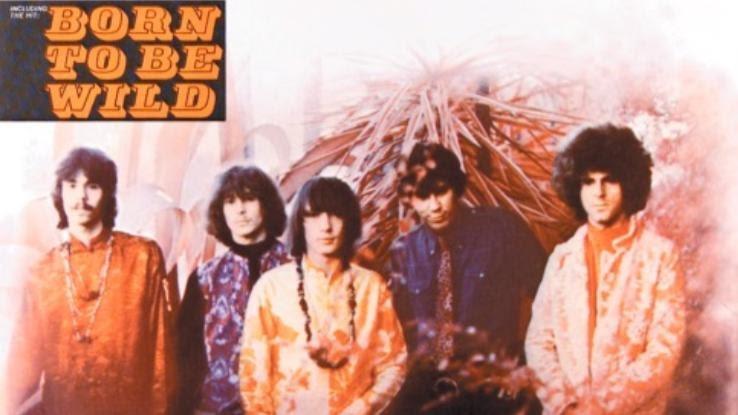
There weren’t many parties in the late ’60s and early ’70s that didn’t heavily feature this song. Although the song quickly made a permanent mark on pop music history and pop culture, Steppenwolf failed to ever produce another song that was as catchy or as hype-worthy as “Born to Be Wild.”
“Summer in the City” – The Lovin’ Spoonful (1966)
John Sebastian of The Lovin’ Spoonful looked a lot like John Lennon, but he certainly didn’t sound like him. Jaunty, poppy and remarkably catchy, “Summer in the City” raced to the #1 spot on the Billboard charts in 1966 and stayed there for three consecutive weeks!
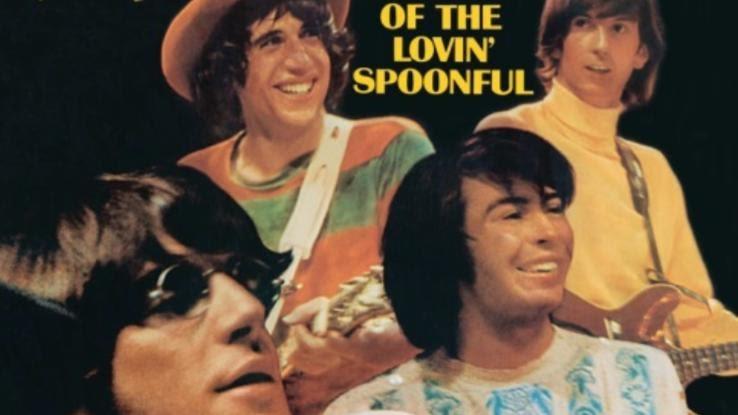
Despite the occasional hiatus or two, The Lovin’ Spoonful has continued to entertain audiences around the world with this huge hit as well as one smaller one, “Do You Believe in Magic?” That song has also withstood the test of time, technically making the band a two hit wonder.
“Louie Louie” – The Kingsmen (1963)
“Louie Louie” blasted onto radios in 1955, but it didn’t become a success until a little group called The Kingsmen decided to record a cover. One of the first successful garage bands, the group from Portland, Oregon, capitalized on the dance-friendly catchiness of the tune and reaped the rewards.
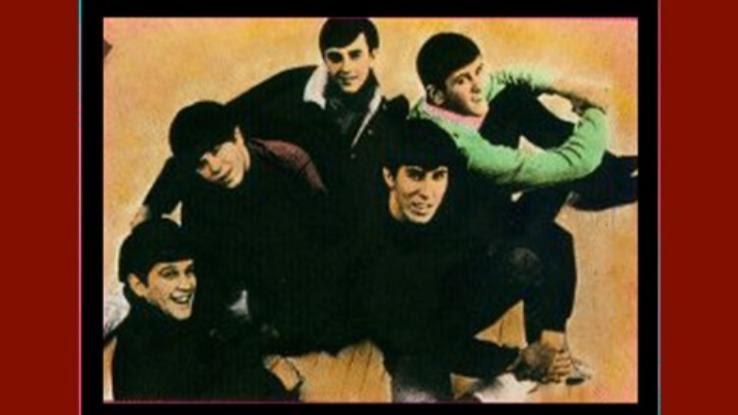
The Kingsmen’s version of the Richard Berry song has earned dozens of accolades, awards and even a few spots in the Rock & Roll Hall of Fame. It also seems to show up in the repertoire of every high school marching band — and it’s easy to hear why!
“If You Wanna Be Happy” – Jimmy Soul (1963)
Jimmy Soul shared his advice with the world in 1963 when he released “If You Wanna Be Happy.” The song is humorous and light-hearted and easy to dance to with friends. The message of the song — stay away from beautiful women and marry someone ugly — might not hold much water today, but it sure did back then.
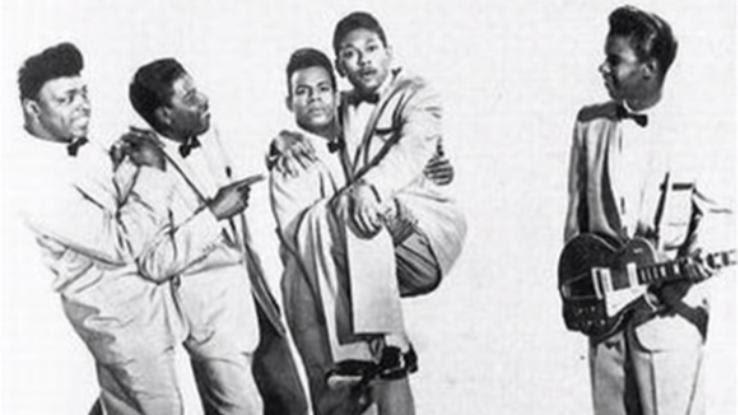
“If You Wanna Be Happy” is a derivative of a calypso song from Trinidad called “Ugly Woman” that was recorded in 1934. The song was huge, so it makes you wonder just how many people actually took the advice!
“In the Year 2525” – Zager and Evans (1969)
The melancholy crooning of Zager and Evans — accompanied by trumpeters, a marching drum beat and fanciful guitar strumming — changed the way people in the late 1960s viewed music and what it represented. The lyrics explored the possibilities of humanity’s future, both the good and the bad.

It made people wonder, contemplate themselves and ponder the world around them. The song has permeated geek culture deeply and irreparably. A parody was featured in an episode of Futurama, “The Late Philip J. Fry,” in 2010. Zager and Evans should release an updated version!
“Spirit in the Sky” – Norman Greenbaum (1969)
Norman Greenbaum has only one claim to fame. In 1969, he wrote and recorded one of the most eternally popular rock songs in history. Even though the song is now more than half a century old, it continues to raise the spirits and the voices of fans around the world.
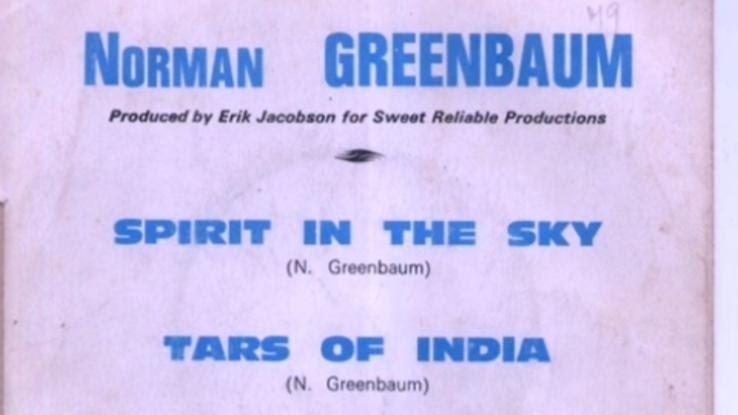
The song is so ubiquitous with classic rock that in 2008, developers included it in Rock Band 2, ensuring that further generations of metalheads and rock ‘n’ rollers would have the opportunity to enjoy Greenbaum’s only hit. “Spirit in the Sky” is probably the most well-known rock-gospel song in the world.
“Eve of Destruction” – Barry McGuire (1965)
In the 1960s, the American public was becoming far more aware of the dangers and horrors of war. Bright new television sets weren’t only showing advertisements for dish soap and TV dinners — they were broadcasting footage from Vietnam. The public had never been more connected with the pain and suffering of their fighting men.
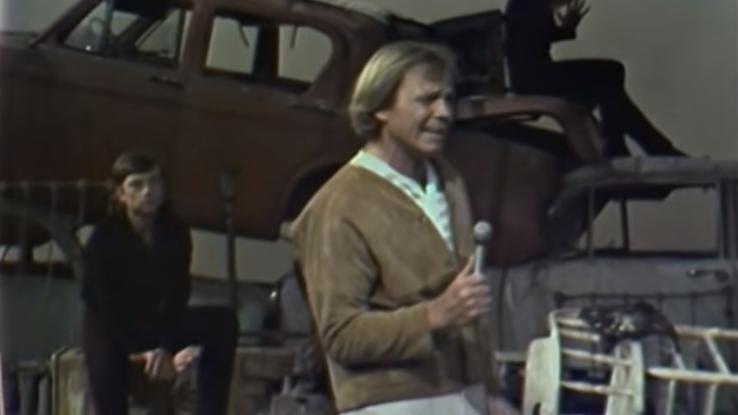
Music soon began to reflect this social change as well. Barry McGuire’s 1965 hit “Eve of Destruction” offered a great window into the world at that time, revealing the widespread discontent concerning the draft and the war.
“Teen Angel” – Mark Dinning (1960)
After the success of The Penguins’ “Earth Angel” in the late 1950s, it didn’t seem like there could be a better, more romantic song about teenage sweethearts. But then Mark Dinning arrived on the scene, and his 1960 hit “Teen Angel” pulled at the heartstrings of every listener.
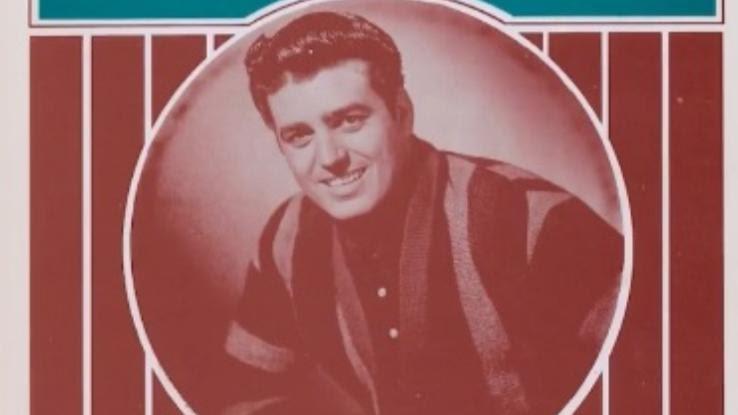
Dinning tells the story of a young couple parking near some railroad tracks. Things don’t go well, leaving the young man to pine and cry and beg for things to change. The song is a rare example of a song with dark content making it onto the charts during the 1960s.
“Stay” – Maurice Williams & The Zodiacs (1960)
The dulcet, falsetto tones of Maurice Williams & The Zodiacs were like a fresh glass of iced lemonade on a hot, sweaty summer day — perfectly refreshing. The group’s one hit wonder, “Stay,” remains the shortest song to ever make it to the top of the Billboard charts.
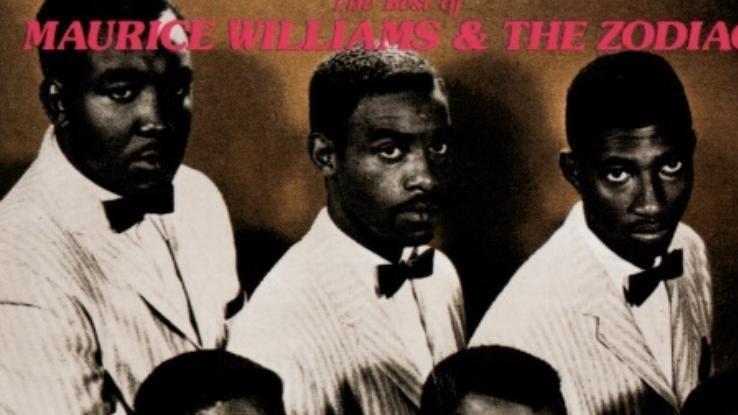
It was a smart move on Williams’ part to make the song so short. People were bound to want to listen to it again and again! The song was written by Williams when he was only 15 years old. He once commented that it didn’t woo his date, but it did later woo the nation.
“They’re Coming to Take Me Away, Ha-Haaa!” – Napoleon XIV (1966)
It can be difficult to understand how Napoleon XIV’s 1966 song “They’re Coming to Take Me Away, Ha-Haaa!” ever got to be so popular. Based on today’s standards, it’s more than a little creepy. The narrator/lead vocalist explains how he is heartbroken and driven mad by loneliness.
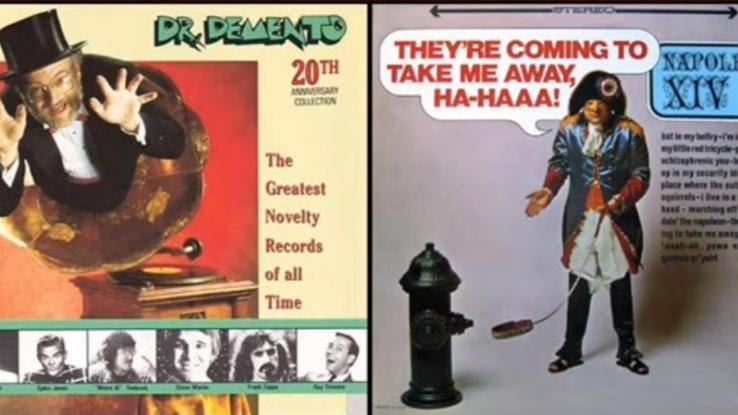
He cheers and triumphantly sings about how he will probably be taken to the “looney bin” soon enough. Mental illness is taken very seriously today, which is partially what makes this song so disconcerting to listen to all these years later. Nonetheless, it made it as high as #3 on the charts at the time.
“Alley-Oop” – The Hollywood Argyles (1960)
The Hollywood Argyles released “Alley-Oop” in 1960. It became their greatest hit, propelling the band into the national spotlight. Based on a comic strip of the same name, the song detailed the life, personality and deeds of a caveman aptly named Alley-Oop.
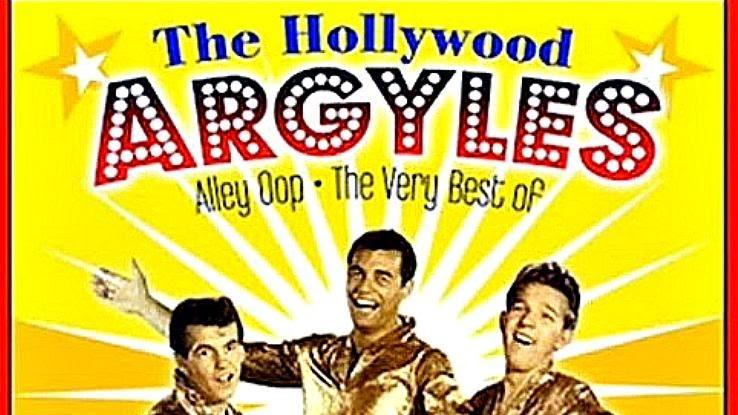
Either Norm Davis or Gary S. Paxton did the lead vocals for the song — there’s some debate about which one is responsible. Every single person in the studio was apparently very drunk while recording, which explains the slight slurs, exaggerated enunciations and background screams. “Alley-Oop” is definitely too cool to forget.
“Dominique” – The Singing Nun (1963)
Modern audiences know this tune, thanks to American Horror Story: Asylum, but some may not understand how massively popular this religious tune became in 1963. Rock songs, pop songs and even love ballads struggled to top “Dominique” by The Singing Nun for dominance of the charts.
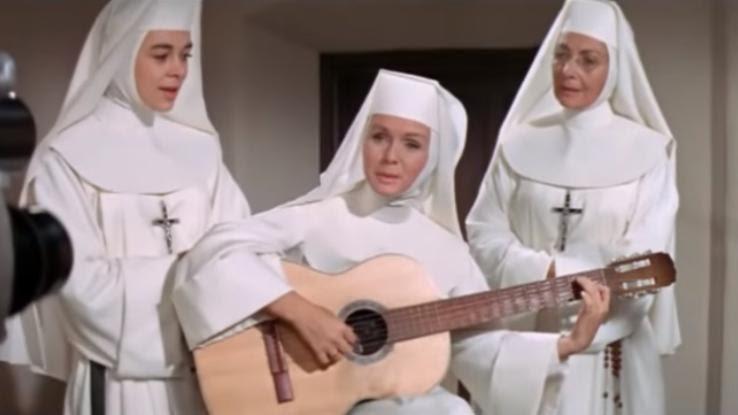
Originally recorded in French, it later came out in an English version — courtesy of Mary Ford — in the same year that it took over the global music scene. “Dominique” rose to the top of the charts in the U.S., Argentina, South Africa, Australia and Canada almost as if it was divine providence.
“Barefootin'” – Robert Parker (1966)
The idea of dancing in a club in your bare feet is worrisome today, thanks to everything we now know about foot fungus, parasites and the dangers of a dropped bar glass. However, Robert Parker made it sound like an absolute blast in his 1966 hit “Barefootin’.”
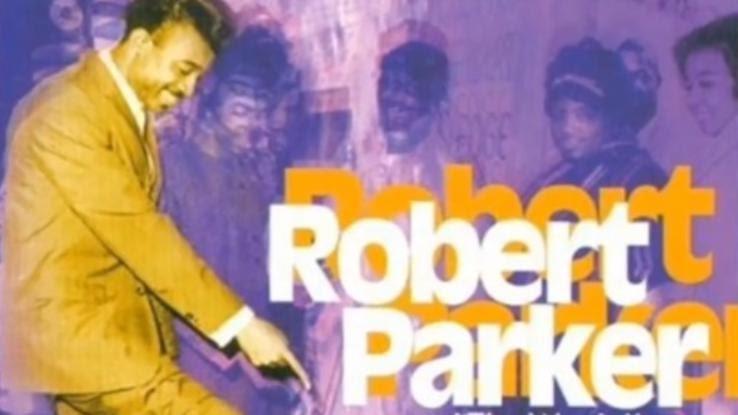
Although this great tune never made it to the #1 spot, it crossed the Atlantic and charted on the U.K. Singles Chart. It probably feels great to have a song at the top of the charts, and it probably feels even better knowing that people across the world enjoy your music.
“Hey! Baby” – Bruce Channel (1961)
Produced and released at the beginning of the 1960s, “Hey! Baby” by Bruce Channel has a 1950’s feel but with the first flickerings of a 1960’s attitude. Although the lyrics are repetitive, the music is comforting and slightly uplifting. Also, who can’t relate to trying to ask out someone you like? (These days, you should skip calling her “baby.”)
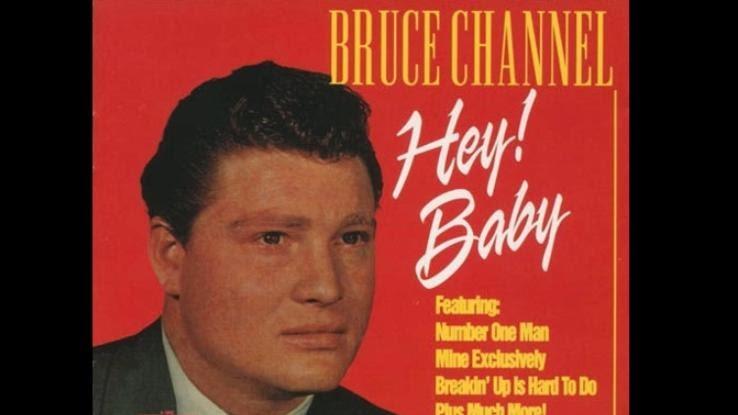
The harmonica riff is what makes the song a memorable hit, in addition to Bruce Channel’s earnest and eager voice, of course. Although “Hey! Baby” was #1 on the charts for weeks, it ended up being the only successful tune released by the singer-songwriter.
“Mother-in-Law” – Ernie K-Doe (1961)
It’s not a secret that many people find it difficult to get along with their mother-in-law, and you can add Ernie K-Doe to that list. In his 1961 hit “Mother-in-Law,” he pretty explicitly reveals his feelings about his wife’s mother, noting that if she would just leave them alone, things would be great.
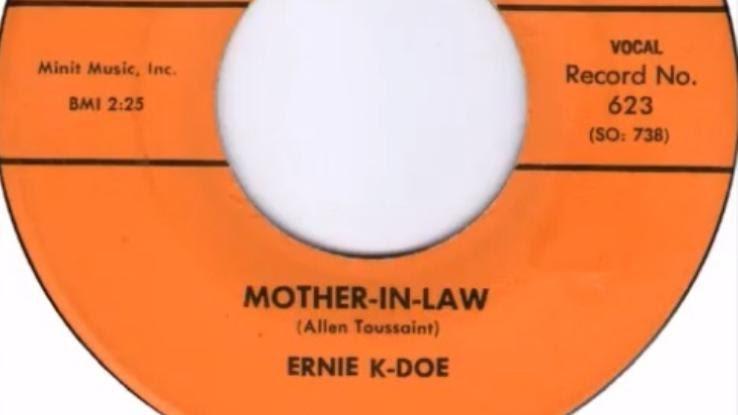
A relatable song makes for a popular song, especially when paired with great music. So, it’s no wonder that this tune jumped up to the top spot on the U.S. Billboard charts. Surprisingly, it almost never happened. Ernie K-Doe initially didn’t even want to record the song! Maybe he was afraid of getting in trouble with his wife.
“Mr. Custer” – Larry Verne (1960)
Songs about history seem pretty nerdy these days, but back in the 1960s, music included a lot more storytelling than it does today. Remember, they didn’t have podcasts, so artists and creative thinkers recorded songs to share their thoughts, feelings and talents with the world.
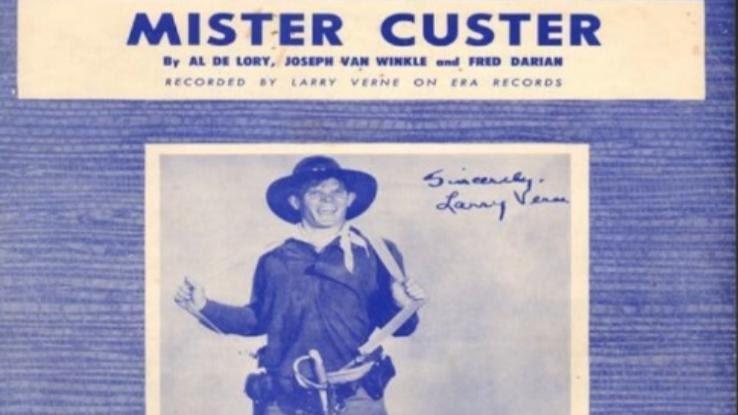
Larry Verne wrote a few history-based novelty songs, but he probably never imagined that “Mr. Custer” would become a huge success. The cowardly soldier that sings/talks through most of the song is both relatable and humorous, and people probably enjoyed the historical references. Pretty cool, huh?
“The Stripper” – David Rose (1962)
Ah, instrumentals. While it’s rare to find an instrumental piece on the Billboard charts today, it wasn’t as rare of an occurrence back in the 1960s. Many songs composed for films and television became popular hits, but none had as much impact as David Rose’s “The Stripper.”
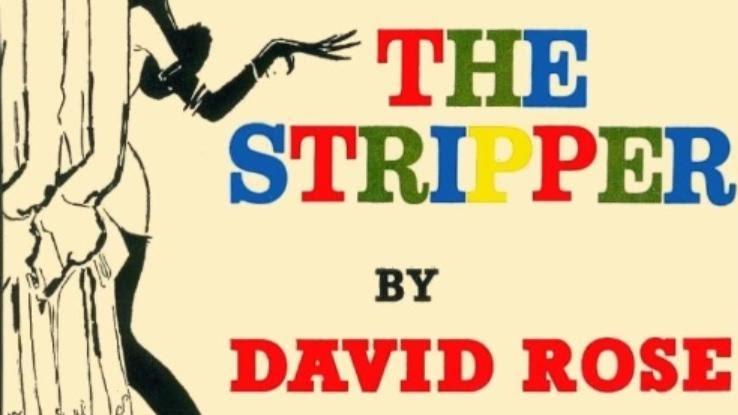
Nowadays, you can’t even listen to the first few bars of the song without imagining a sexy strip or romp. The composition has been so heavily referenced in modern film and media, that it continues to survive as one of the most recognizable and prized pieces in music history.
“Telstar” – The Tornados (1962)
Synth-pop was still ages away in the 1960s — or was it? The Tornadoes, an English instrumental band, released a sci-fi themed song in 1962 that inspired the world to look toward the future. The group released a version with lyrics — renamed “Magic Star” — soon after the release of “Telstar,” but it was never as popular as the instrumental.
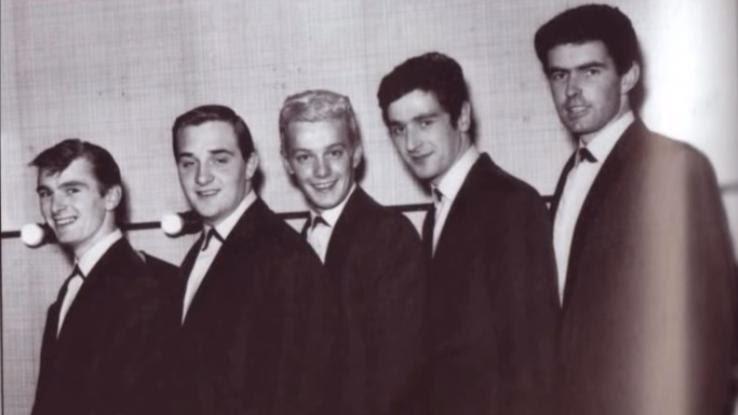
Many sports teams, movies and television shows have featured “Telstar,” even many years later. Its total effect on popular culture and the rise of sci-fi would be impossible to measure.
“Judy in Disguise (with Glasses)” – John Fred and His Playboy Band (1968)
While The Beatles were away in India — breaking apart in slow, sad chunks — John Fred and His Playboy Band capitalized on the absence by releasing a song that reminded fans of “Lucy in the Sky with Diamonds.” The 1968 hit, called “Judy in Disguise (with Glasses),” is actually very different musically from The Beatles song.
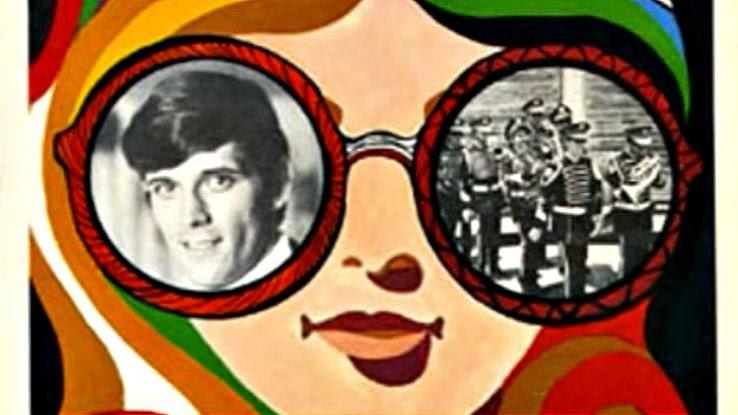
The one hit wonder made it to #1 in the U.S., Germany, Australia and even Switzerland. Unfortunately, that single success became the only large-scale success that John Fred and His Playboy Band ever enjoyed.
“Winchester Cathedral” – The New Vaudeville Band (1966)
Although the title of this 1966 song by The New Vaudeville Band is quite austere — “Winchester Cathedral” — the actual tune is rather relaxed and pleasant. The orchestral instrumentation is beautiful and strangely punctuated by a chorus of whistling. As everyone knows, a song with whistling is usually a catchy song indeed.
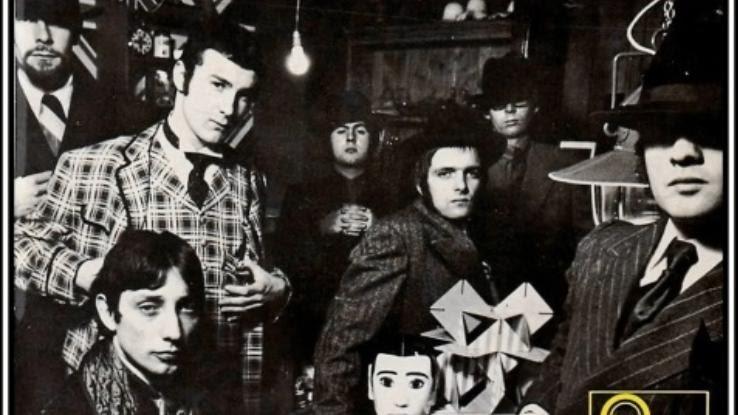
It reached the top of the charts in Canada before overtaking the U.S. Billboard charts. Inspired by the 1920s, megaphones and “good old times,” the song found its way into the hearts and ears of an adoring public. It even made it onto the U.K. charts!
“Love Is Blue” – Paul Mauriat (1968)
Yet another instrumental that rocked the charts during the late 1960s, “Love Is Blue” was originally a French song with lyrics. In Paul Mauriat’s wise hands, the unintelligible — to English audiences, that is — tune became a one hit instrumental wonder. It doesn’t retain as much somberness as the original, but that might be why it became a big hit.
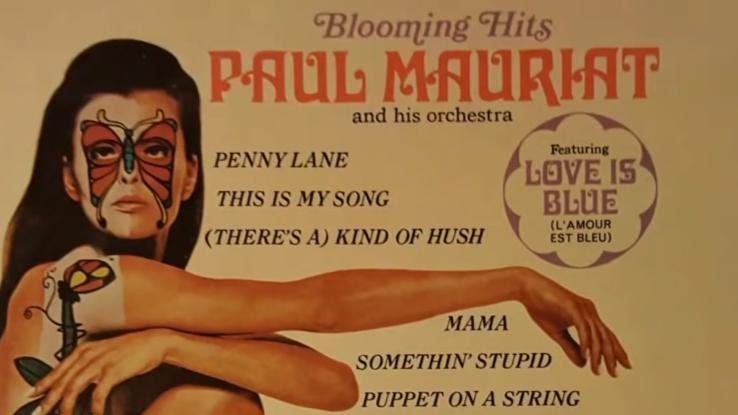
After all, a happy song nearly always garners more attention and praise than a depressing one. There was something compelling about the orchestral, sweeping sound of “Love Is Blue” that made audiences in the United States fall in love with it.
“Harper Valley P.T.A.” – Jeannie C. Riley (1968)
There weren’t very many country or folk songs that made it onto the Billboard Top 100 charts in the 1960s, but Jeannie C. Riley’s song “Harper Valley P.T.A.” hit all the right notes with all the right people in 1968. Society was changing fast in the late ’60s, and fashion was changing with it.
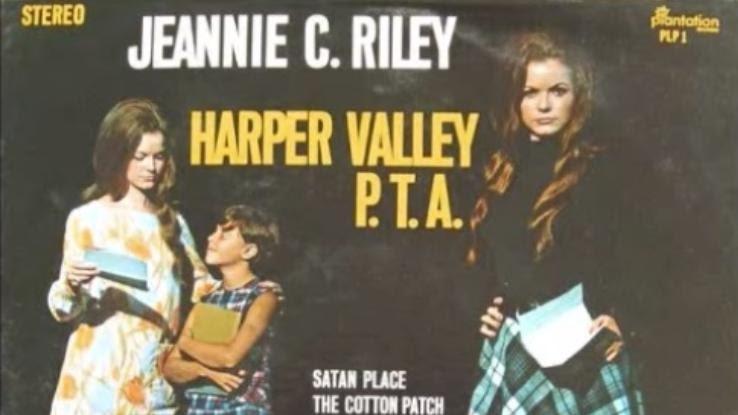
Women donned miniskirts for the first time, and conservative groups were furious. This song became a massive hit — in part, at least — because it addressed conservative concerns in a very in-your-face manner. Even today, you can feel how rebellious Jeannie C. Riley was deliberately trying to be.
“Na Na Hey Hey Kiss Him Goodbye” – Steam (1969)
If you’ve ever been to a sporting event, you’ve probably heard Steam’s 1969 hit “Na Na Hey Hey Kiss Him Goodbye.” The White Sox started the tradition of playing the song before and during games, and it caught on very quickly. If you’ve never heard of a band called Steam, don’t worry. They technically didn’t exist in 1969 — even after their hit was released.
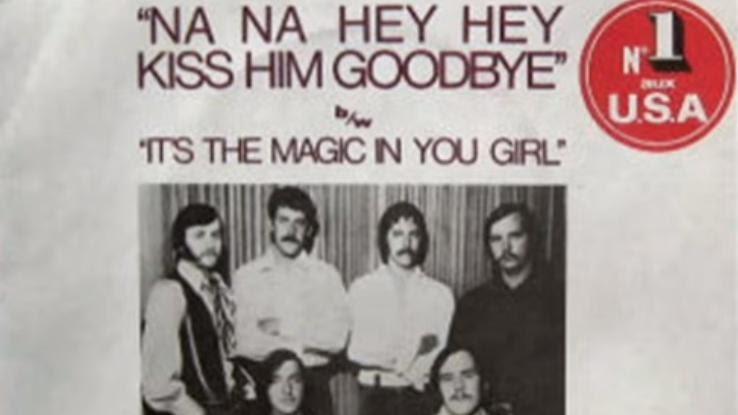
Paul Leka, Gary DeCarlo and Dale Frashuer got together and wrote the song in the early ’60s when they were part of a doo-wop group. Several years after disbanding, they got together and recorded the hit tune. Destiny!
“Stranger on the Shore” – Acker Bilk (1962)
“Stranger on the Shore” by Acker Bilk was incredibly popular in the U.S., despite its lack of lyrics, but it’s success in the States was nothing compared to its legacy in the United Kingdom. Used as the opening tune for a show — you guessed it, called Stranger on the Shore — the song spread like audio wildfire.
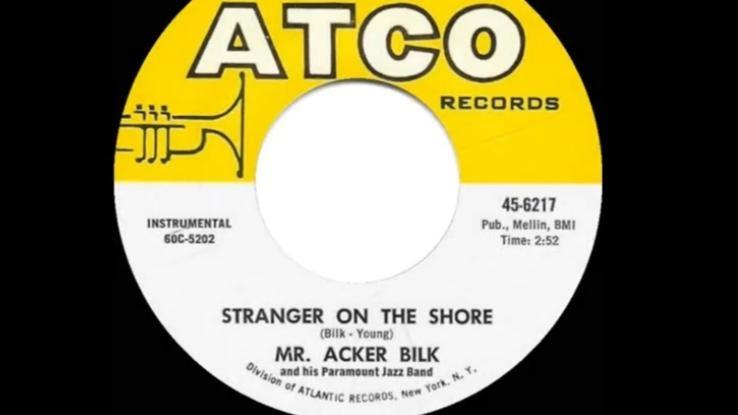
Oddly enough, the instrumental was never able to make it past the #2 position on U.K. music charts, but in the U.S., it sailed to #1. The crew of Apollo 10 even took the track into space with them!
“Ringo” – Lorne Greene (1964)
At first glance, you might think this Lorne Green song would be about a certain drummer from merry Liverpool, England, but you would be wrong. This 1964 one-hit-wonder is the audio equivalent of a western short story set to music. Greene, with his gruff and serious voice, tells the story of a law man’s struggle with a no-good outlaw — a guy named Ringo.
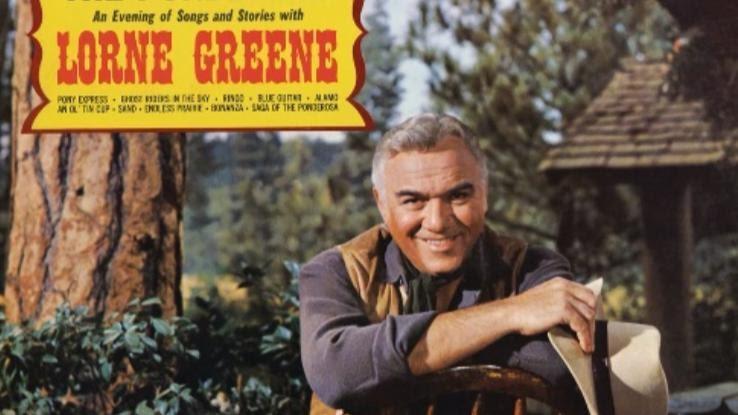
During the 1960s, comedic records, instrumental records and pop records all competed for popularity. Also, people still tuned into radio programs when they were bored. So, while it seems strange to listen to a tale about the Old West, it was actually quite normal back then.
“Sukiyaki” – Kyu Sakamoto (1963)
If you’re unfamiliar with Kyu Sakamoto’s one hit wonder, you aren’t alone — in the U.S., at least. Feel free to check out “Sukiyaki” for yourself, but be warned! You may never get the song out of your head afterward, and it’s in Japanese.
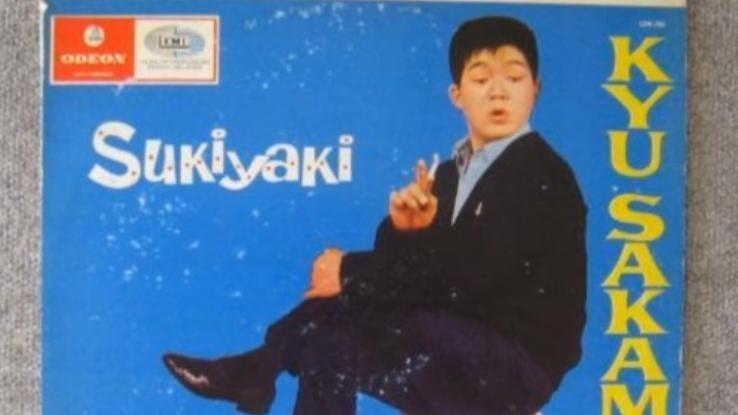
Tensions between Japanese-Americans and the general public took a long time to diffuse after World War II. This song might have helped a lot of people heal, strangely enough, as men, women and children of all ethnicities and races hummed this tune around the house. It’s irresistibly catchy.
“Denise” – Randy & The Rainbows (1963)
A lot of girls were named Denise in the mid-50s and early ’60s. When Randy & The Rainbows released a song titled “Denise,” you can only imagine how many girls, young women and even mothers lost their minds with joy.
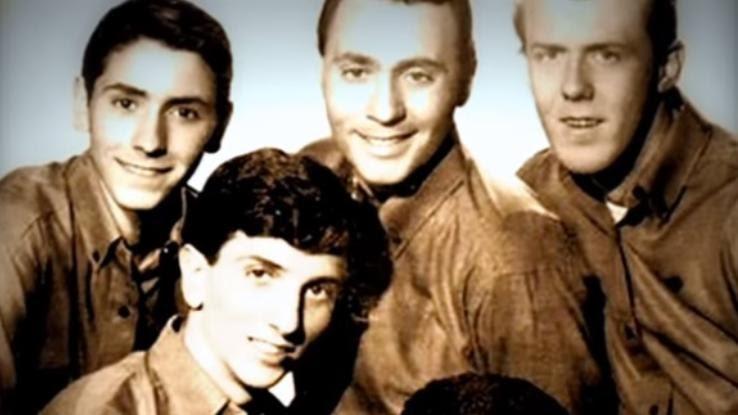
Although the song is a typical love song about a guy who wants to go out with a girl, it featured some tight doo-wop and an easy-to-remember chorus that helped propel the tune into the top ten on U.S. charts. Today, there are fewer females named Denise, but the song still brings a smile to many faces.






